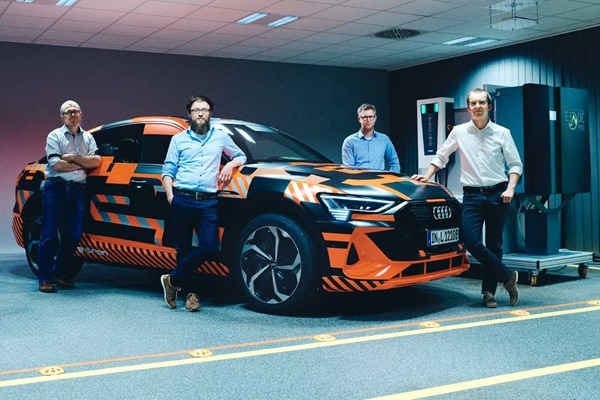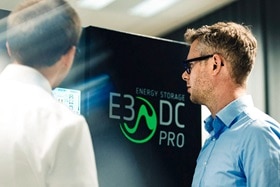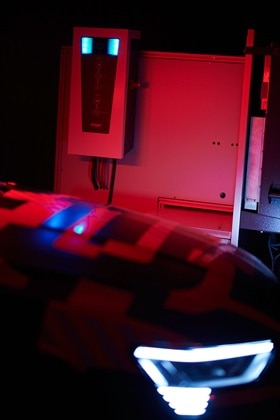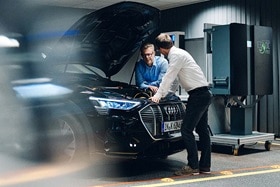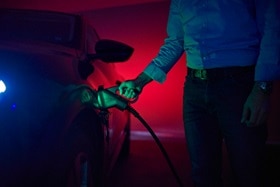Vehicle to Home (V2H)
for greater self-sufficiency and sustainability
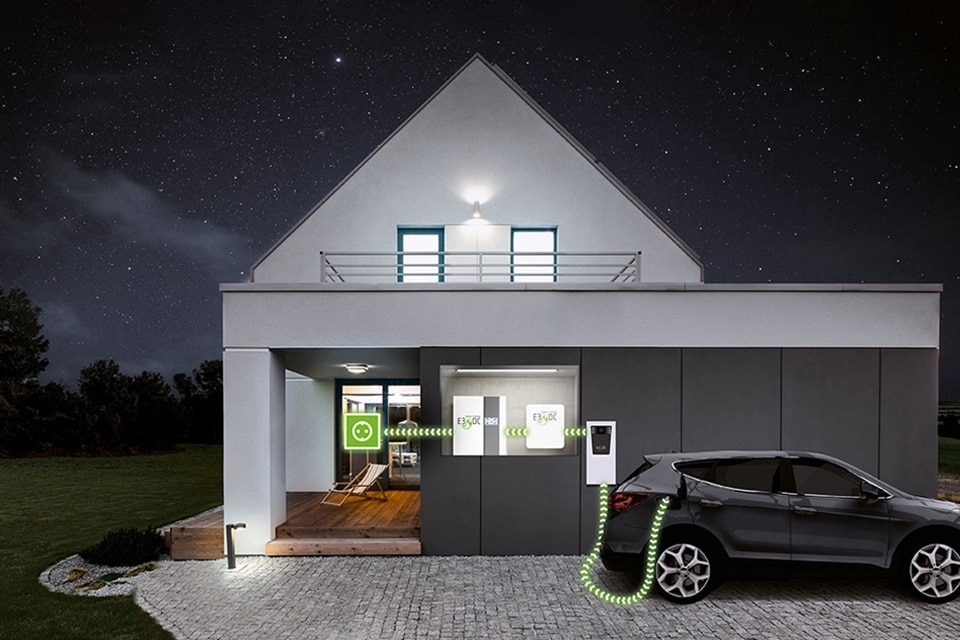
Hager Group is leading the way in bidirectional charging in Europe through its research activities. One way to use bidirectional charging is Vehicle-to-home (V2H). This technology enables electric vehicles (EVs) to charge, but also to return energy back to the house, essentially turning vehicles into mobile batteries. This will have a major impact on the energy transition. It will help us make better use of renewable energy by giving us more freedom to store and use it efficiently. This means we can take full advantage of renewable energy and its benefits. It will help stabilize the electricity grid, increase energy efficiency and reduce carbon emissions.
V2H is still in the early stages of adoption, but it has already been used successfully in Japan, where bidirectional charging can be used to power homes during a blackout.
Hager Group's research in this field is dedicated to advancing vehicle-to-home technology as a basis for future charging infrastructure solutions.
And how does this all work?
Granted, there's a lot of technology involved here. That's why, together with our colleagues from Audi, we have created a video explaining as simply as possible exactly how V2H technology works.
03:13
Hager Group and automobile manufacturer research the future of e-mobility
As the proportion of wind and solar energy in the electricity mix grows, the basic dilemma associated with these two renewable energy sources remains. Firstly, there is the problem that electricity cannot always be supplied when it is needed. Secondly, there is often a lack of buffer capacities for storing the surplus energy generated on sunny days or high-wind conditions.
This dilemma is being addressed by a forward-looking research project between Hager Group and Audi AG, using a vehicle prototype based on the Audi e-tron. In addition to being used as an all-electric vehicle on the road, thanks to Hager components the prototype can also serve as a mobile energy storage system. In the future, the bidirectional charging technology used will enable e-vehicles to significantly improve the energy balance of their owners.

Living off-grid with renewable energies:
the future of energy
Energy self-sufficiency is becoming increasingly important, not only in the context of the energy transition. Over the past years, consumers have been confronted with rising energy costs and the fact that energy availability can also be limited.
The topic is especially interesting to property owners as it enables them to become independent of external electricity providers. As a result, more and more homeowners are turning into prosumers: they are both producers and consumers of self-generated electricity.
Ulrich Reiner is convinced: "More and more property owners will have a home storage system or an electric car that is V2H-ready. This will allow them to store the self-generated energy from their photovoltaic systems."
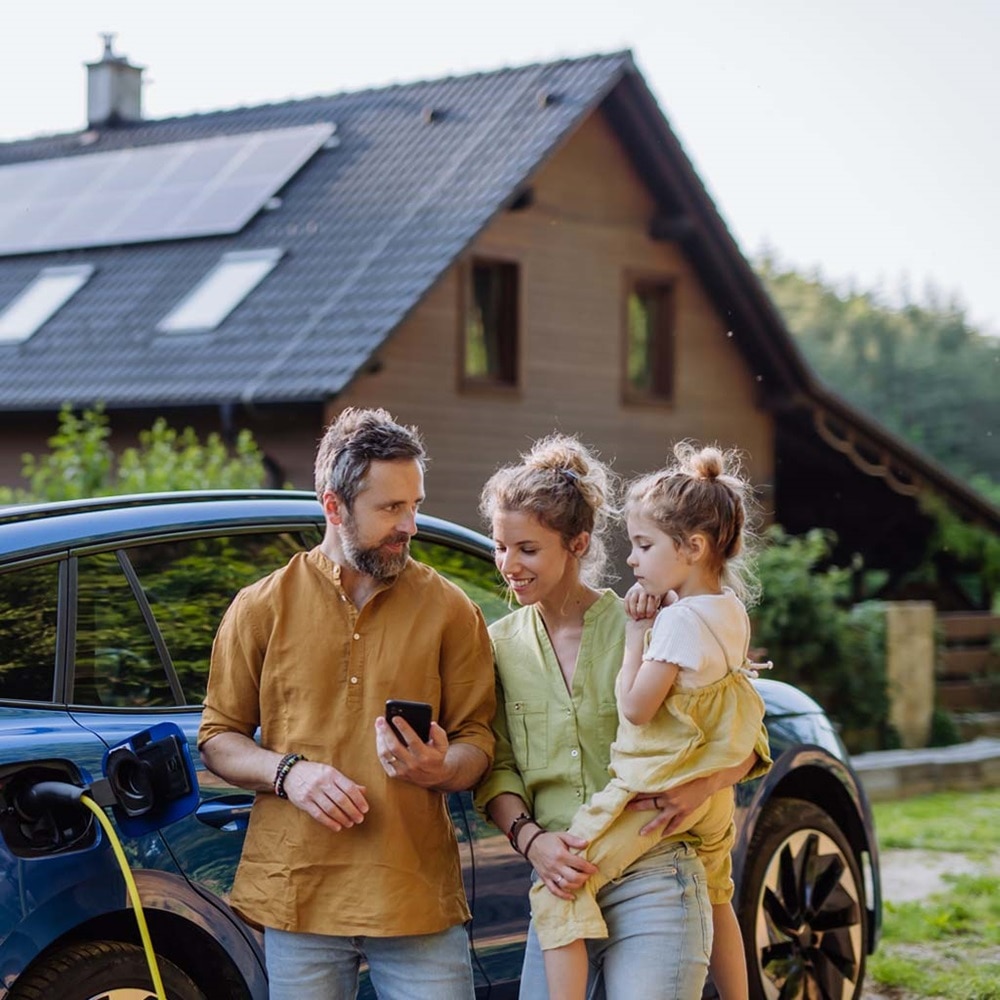
The technology multiplies the available battery capacity. Self-generated energy through solar power can be better used by property owners. The home power station is capable of providing electricity to buildings independently, such as during the night following a sunny day or during a power outage.
By leveraging an electric car battery with V2H capability, homeowners will be able to stay energy self-sufficient for days. This also relieves the power grid.


